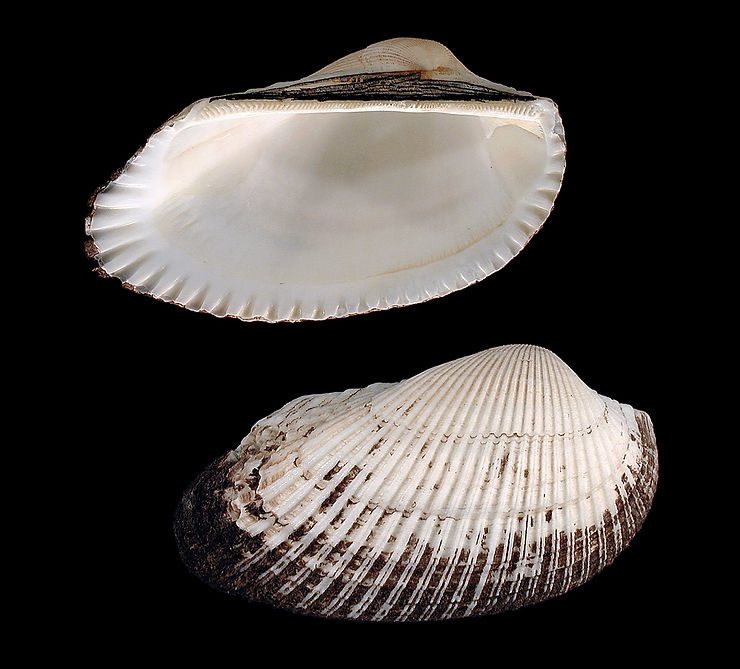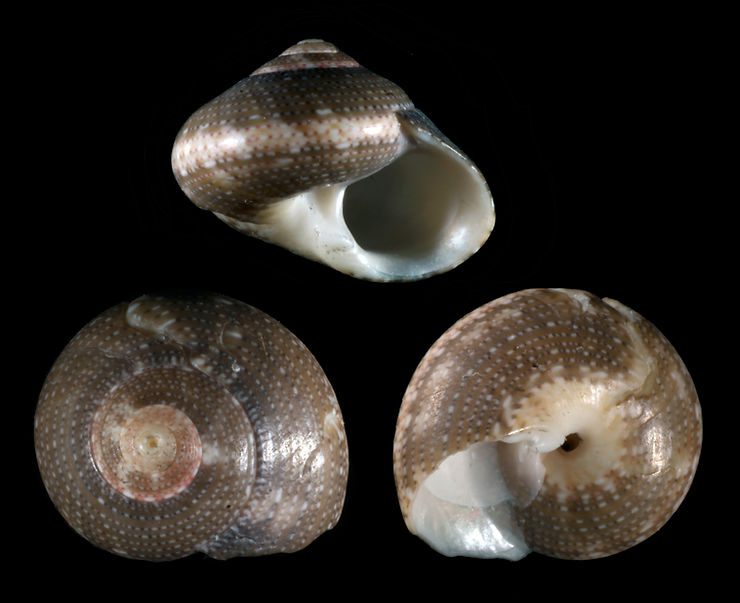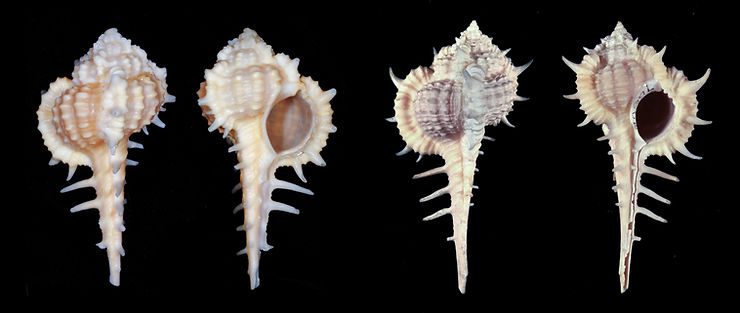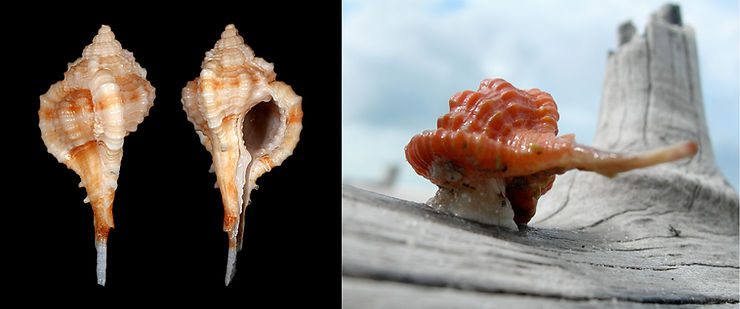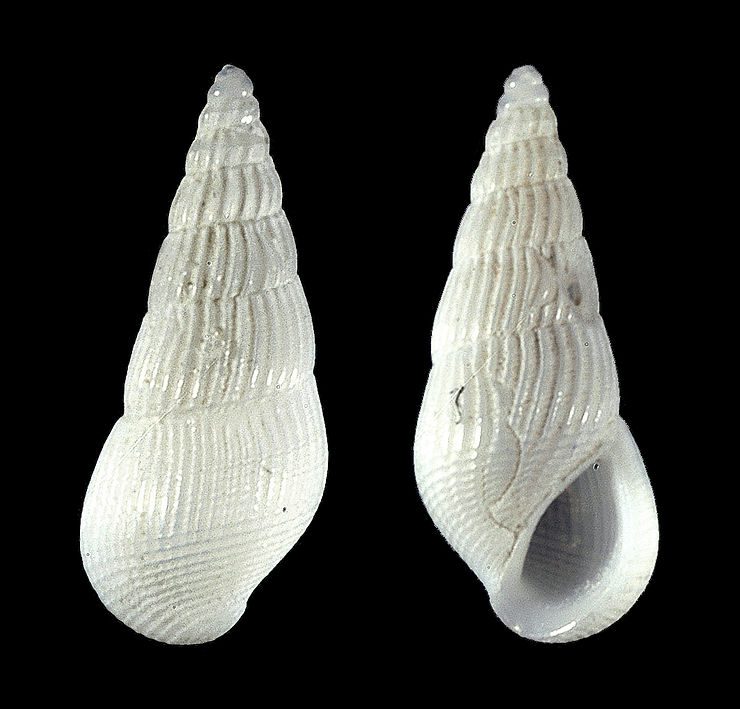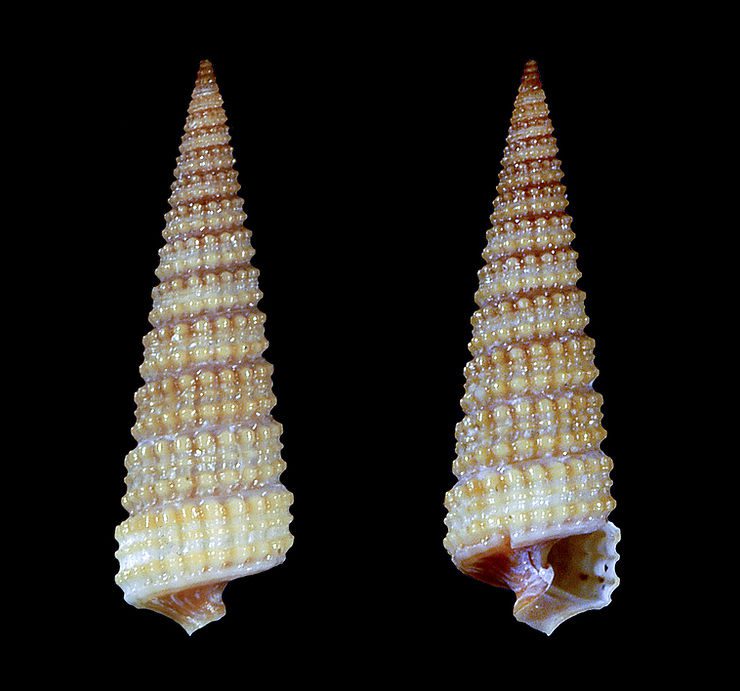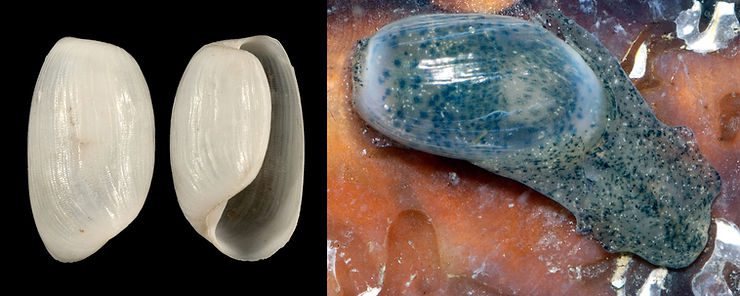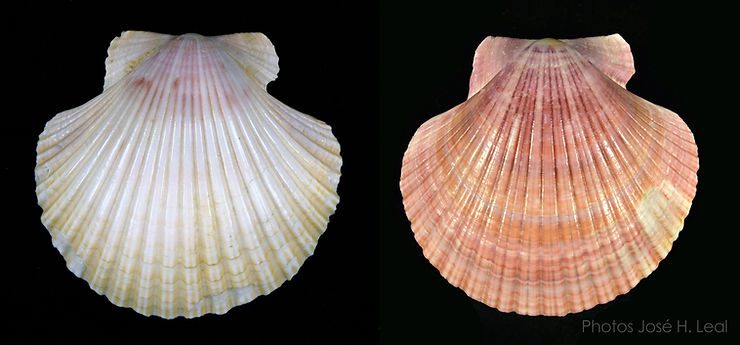
The Leafy Jewel Box
The Leafy Jewel Box, Chama macerophylla Gmelin, 1791, is probably the most commonly found Jewel Box (family Chamidae) along the beaches of Sanibel and Captiva. Unlike its close relative, the free-living (and also locally found) Spiny Jewel Box (Arcinella cornuta), the Leafy Jewel Box attaches itself to hard structures such as shells, pieces of coral rock, or man-made objects such as shipwrecks and concrete bridge pilings. The attached, or lower, shell valve is deeper than the upper valve, and th
